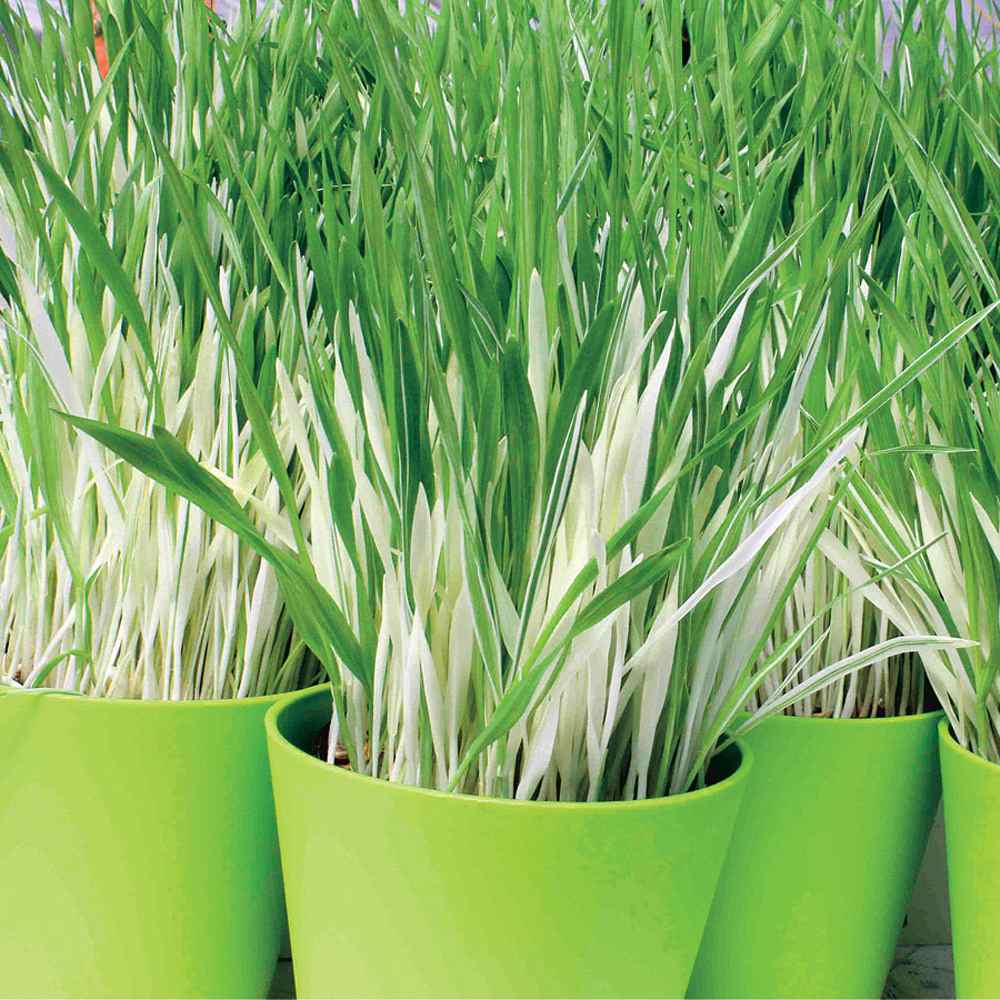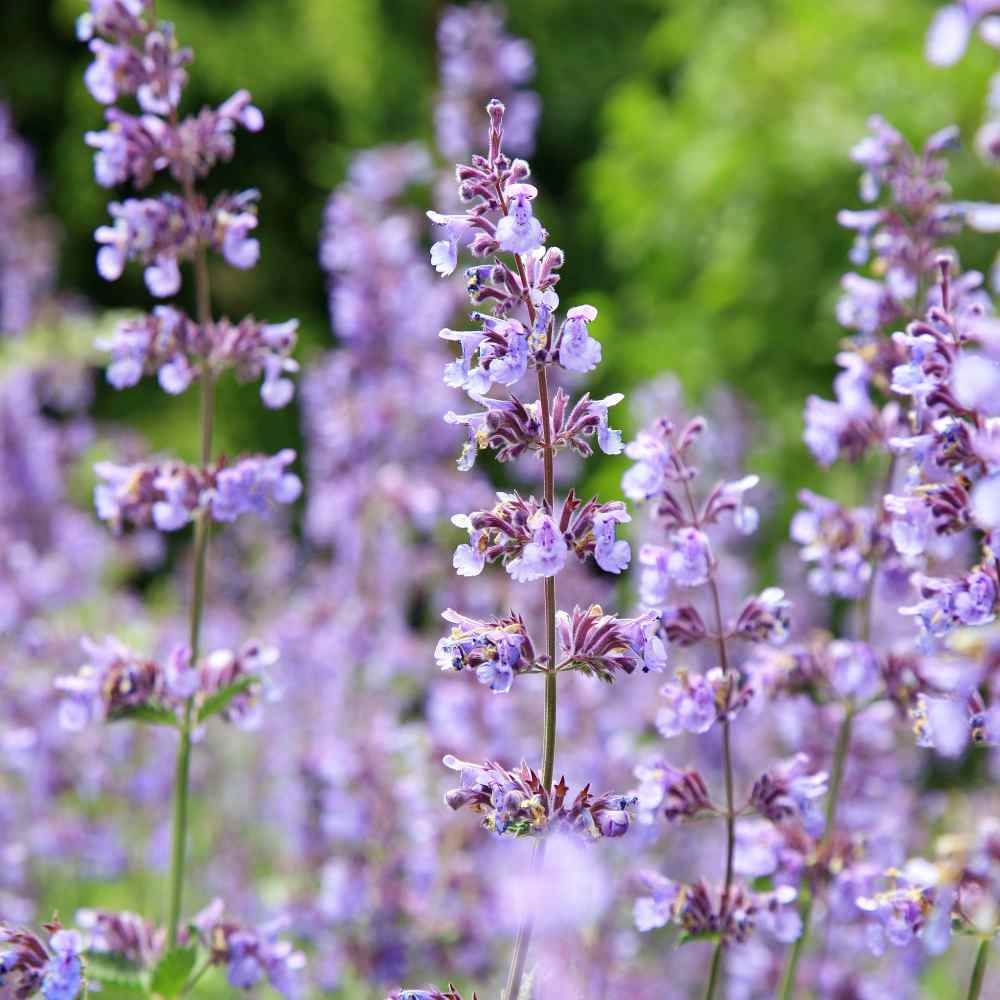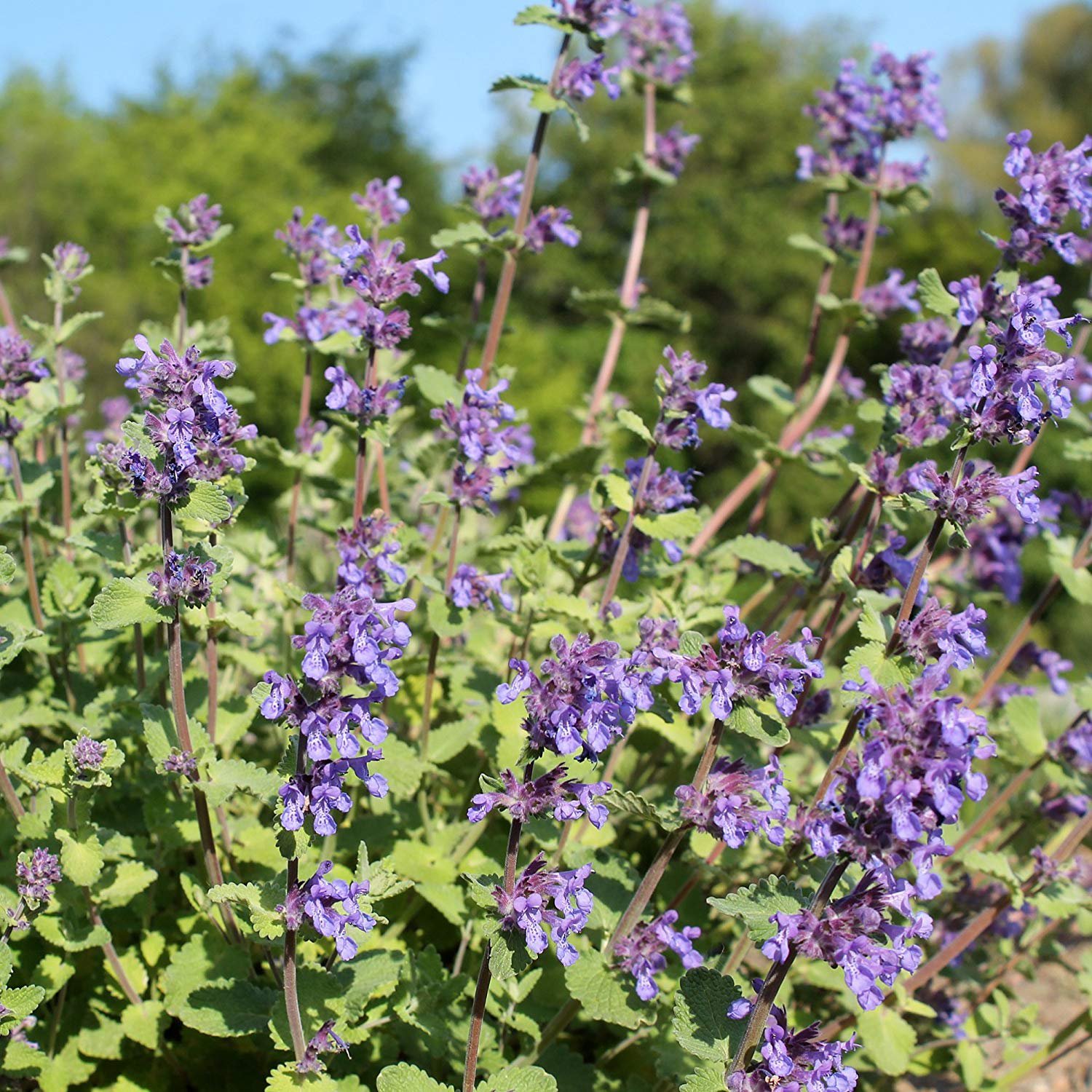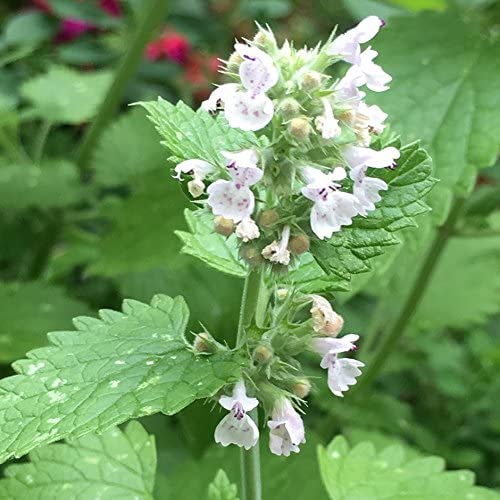
Cat Grass Planting and Care Guide
Quick Facts About Cat Grass
Variegated Cat Grass is a barley variety, and it is grown as an annual ornamental grass. Cats will munch on this grass to satisfy their cravings for greens, but it is also plenty decorative if not grown for consumption.
Planting Time
Cat Grass is most often grown as a houseplant, and can be planted any time of year for this purpose. If planting outdoors, sow seeds after frost danger has passed, or start indoors in the late winter before transplanting.

Planting Location
If growing indoors, give Cat Grass a location with plenty of light, such as a sunny window. If growing outdoors, Cat Grass grows in both full sun and partial shade.
How to Plant Cat Grass
- If growing for your cat, plant these seeds in a shallow container that will be more difficult to tip over. If growing as an ornamental grass, start in pots.
- Surface sow the seeds and lightly cover with pre-worked fine soil. Organic soil is recommended as a healthier option for your kitties. Use soil that drains well.
- Keep seeds moist and maintain 65-75F degrees until germination, which will occur in 1-2 weeks under proper conditions. A cold stratification treatment beforehand can increase germination success and speed.
- When seedlings reach 2 inches in height, thin out to the strongest seedling every 6 inches. Keep soil moist (but not saturated) until seedlings are established.
- Once plants reach at least 3 inches in height, they can be fed to your cats.
- If transplanting indoor seedlings into the garden, it's essential to "harden them off" first. This involves acclimating young plants to outdoor conditions by placing them in a sheltered outdoor area for about a week. Initially, shield them from strong winds and direct sunlight. If there's a risk of frost overnight, either cover the plants or bring them indoors, then return them outside in the morning. This hardening off method helps strengthen the plant's cell structure, minimizing transplant shock and sun damage.

Care And Maintenance
- For outdoor planting, keep weeds under control during the growing season. Weeds compete with plants for water, space and nutrients, so control them by either cultivating often or use a mulch to prevent their seeds from germinating.
- Mulches play a vital role in preserving garden soil moisture and ensuring consistent soil temperatures. When it comes to annuals, using organic mulch made from shredded leaves not only enhances the appearance of the bed but also enriches the soil as it decomposes over time. Remember to keep mulch away from the plant stems to avoid potential rot issues.
- Cat Grass should be watered regularly to maintain vitality, but it should never be waterlogged.
- Keep Cat Grass pots in an area with plenty of air circulation and sunlight.
- It can be ideal to maintain subsequent plantings of Cat Grass for an ongoing supply for your cats.
- To retain healthy plants, trim leaf tips on occasion to prevent drooping and encourage vitality. If not consumed, Cat Grass can grow up to 24 inches in height.




































